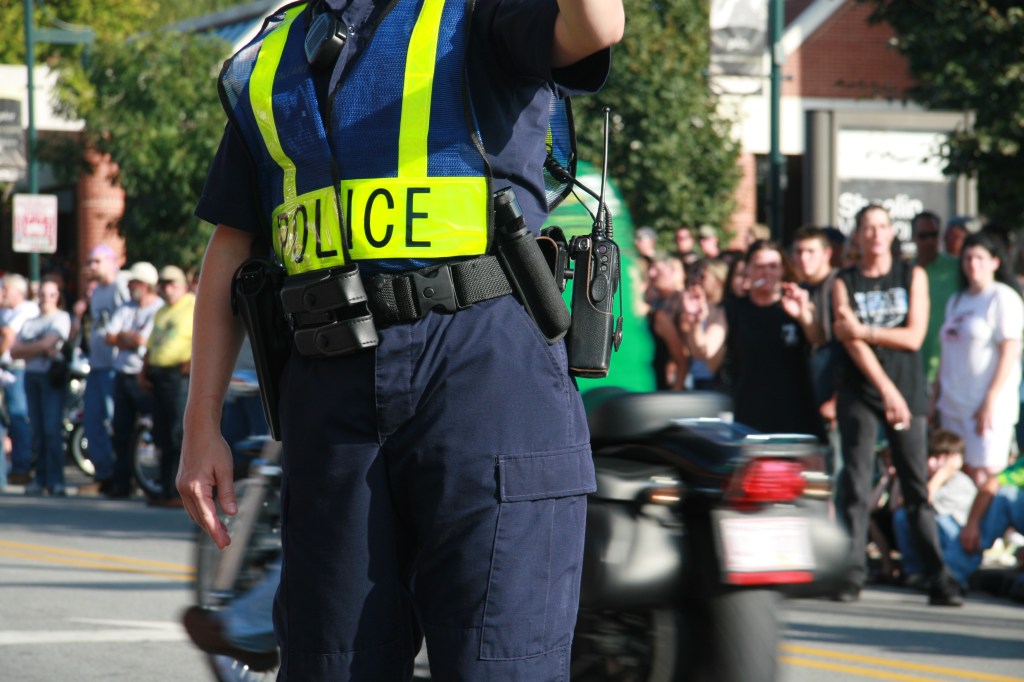How the Justice Department wants to help diversify police forces
Published 8:00 am Thursday, October 6, 2016

- MorgueFile
The federal government on Wednesday issued guidance to national security agencies and local police departments on how they can diversify their ranks as part of a significant new effort to ease racial tensions across the country.
The Justice Department and Equal Employment Opportunity Commission released a report outlining how police can recruit and retain officers from different backgrounds, just as President Obama issued an executive order instructing national security agencies to do the same.
Officials said those fields, which have traditionally been dominated by white men, need to adopt creative tactics to attract women and minorities. In some cases, they might even rethink such commonplace requirements as criminal background checks and physical fitness tests.
“I think it’s just a more critical examination of what is most important to the job, what minimum qualifications do we need, and to design the tests to ensure that they are not screening out people who could otherwise be very successful at the job,” said Jenny R. Yang, chair of the U.S. Equal Employment Opportunity Commission.
The report and executive order come at a time when the shooting of black men, sometimes unarmed, by police officers across the country has sparked significant unrest. Demonstrations turned violent recently in Charlotte, for example, after Officer Brently Vinson, who is black, shot and killed Keith Lamont Scott, a black man. Police have said officers noticed Scott rolling a marijuana blunt and saw him raise a gun, though video of the encounter is unclear as to whether Scott pointed that weapon at police.
Officials acknowledge that increasing diversity in police departments must be combined with other reforms, such as beefed up investigations of officer-involved shootings and training on implicit bias and other topics. But making departments more reflective of the residents they serve is “one of several strategies around trust building” that research suggests is effective, said Vanita Gupta, the head of the Justice Department’s Civil Rights Division.
“The goal is that the report will be a resource for police departments large and small around the country to kind of focus on these issues and think in similarly creative ways,” Gupta said.
John Nesky, the chief of the Bowie, Md., police department, said having a diverse workforce could help build trust with residents, and that would give the department credibility in the midst of a high-profile incident.
“I cannot overstate the importance of diversity in both our officers and command staff,” Nesky said.
The Justice Department’s report analyzes racial and gender makeup in local law enforcement agencies across the country and highlights several that are making positive strides. Some of its suggestions buck conventional wisdom.
The report notes, for example, that physical tests may impose a “significant and unnecessary impact on female applicants,” and certain written tests have “been shown to have an adverse impact on racial minority candidates.” The problem, officials said, is that the tests do not correspond to the actual work on the job.
The report highlights three states and agencies — Tennessee, the Colorado State Patrol and the Burlington, Vt., Police Department — that do not require officers to be U.S. citizens. It notes, though, that only five states do not have such a requirement for officers, and even when a statewide citizenship standard is lacking, counties or cities often have their own.
Of criminal background checks, the report says that law enforcement agencies are “undeniably justified in carefully vetting and investigating potential hires,” though it urges caution in “excluding applicants regardless of the nature of the underlying offense, or how much time has passed since an offense occurred, or without any consideration of whether the candidate has changed in the intervening period.”
James O. Pasco, Jr., the executive director of the National Fraternal Order of Police, said the police union does not support relaxing standards.
“We believe law enforcement is held to a higher standard, and we accept that higher standard,” Pasco said. “Well, if you’re held to a higher standard, you have to be able to meet it.”
Pasco said that while he supports efforts to diversity the ranks of local law enforcement, the Justice Department should “clean their own house first” before pushing out suggestions to other agencies.
Justice Department officials acknowledged they, too, have a problem. FBI Director James B. Comey said recently that 83 percent of the bureau’s agents are white and called that a “crisis.” Deputy Attorney General Sally Yates said Wednesday, “Your own federal agencies, our own Department of Justice agencies, are not nearly as diverse as we could be, or should be.”
Obama’s executive order called for more data collection on diversity from national security agencies and an expansion of flexible work policies and training on unconscious bias and inclusion.
Police departments have become more diverse over the years, though the Justice Department report noted that “there are still substantial gaps between the representation of racial minorities within law enforcement agencies and their demographic representation in the community.” A 2013 Bureau of Justice Statistics survey found, for example, that African American officers comprised about 12 percent of full-time sworn personnel in local police departments, roughly corresponding to their proportion of the total U.S. population. Women, though, comprised about 12 percent of full-time sworn personnel, a dramatic under-representation.
The Justice Department made note of several jurisdictions that have been successful in outreach and recruitment programs and a few that have tweaked their hiring standards in such a way that might make for a more diverse pool.
The Colorado Peace Officer Standards and Training Board, for example, allows those with prior arrests to apply for exemptions to go through the police academy, and the poilice department in Burlington, Vermont, requires applicants to be legal permanent residents or to hold legal work authorization, rather than full citizenship, according to the report. The Austin Police Department recently replaced its push-up test, which deterred some woman from applying, with a rowing machine exercise to measure upper body strength.
Yang said the benefits of increasing diversity are tangible. In Atlanta, she noted, the police department offered bonuses for bilingual officers and found it easier to build relationships with Spanish-speaking residents.





